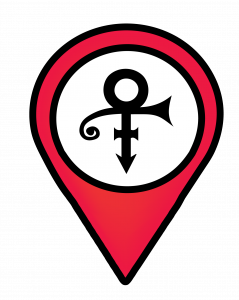15.1 Chapter Objectives
 Learning Objectives
Learning Objectives
Our goal for this chapter is to provide you with a biological understanding of how babies are made, from fertilization through the post-partum (or post-birth) period. While our emphasis is on human reproduction, and we assume human reproduction is eminently interesting to most readers, we’ll refer to other organisms as well. All organisms reproduce, and there is a dizzying array of fascinating reproductive stories beyond that of humans. By the end of your reading, you should be able to do the following:
- Define the following terms:
- placenta
- dizygotic twins
- monozygotic twins
- pluripotent
- stem cells
- chimerism
- oxytocin
- Identify the stages of embryonic development and describe the general characteristics of each stage
- Zygote
- Embryo
- Morula
- Blastocyst
- Gastrulation
- Ectoderm
- Mesoderm
- Endoderm
- Neurulation
- Fetus

